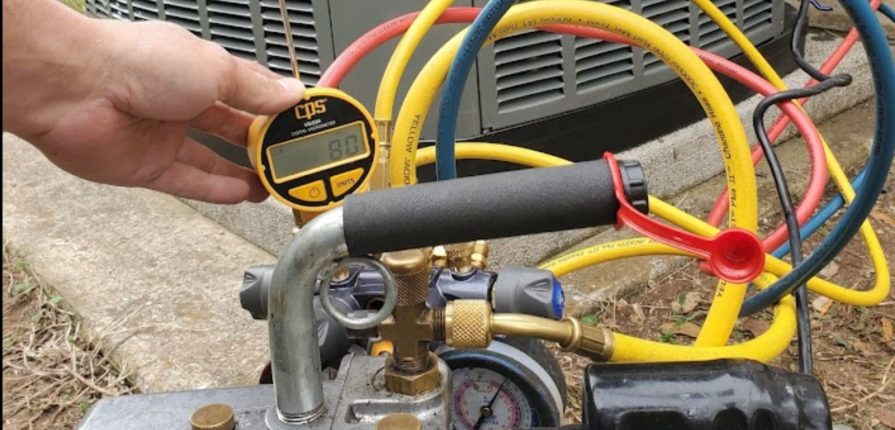Benefits of Fall HVAC Inspection
Fall HVAC inspection and maintenance is an important part of your appliance upkeep and seasonal routine. After the system has run all summer to keep your home cool, it is essential to ensure it is up for the task of going through the long winter months.
A Fall inspection, as part of your bi-annual HVAC maintenance, can catch any potential issues. It can help identify such issues and fix them in time to prevent you from getting stranded on a cold evening or in the middle of the night.
At Air Texas AC, we would like to share helpful information on the different aspects of a fall HVAC inspection and the associated benefits. The inspections are conducted to address the following key areas:
Safety
When you have a gas furnace or a dual-fuel unit that makes use of gas for backup heating, pre-winter inspection is important to check for any safety hazards. The maintenance inspection involves the following steps:
- Ambient Carbon Monoxide Detection: Our technicians will use a CO detector to check for the gas inside your home and around the heating unit.
- Gas Leak Detection: We will use a special device to detect gas leaks.
- Heat Exchanger Analysis: We will use a combustion analyzer for heat exchanger analysis.
We will also check for any combustible substances near the unit and take steps to ensure a safe distance.
Operation
Everyone wants their furnace to continue heating their home throughout the winter months without breaking down. This is where our operational inspection comes into the picture. We inspect the following parts and functions to ensure your system works reliably and provides a hassle-free experience:
- Pilot Light: The pilot light and hot surface igniter are checked for proper working.
- Heat Rise: A heat rise test is run to check the proper air heating function.
- Ductwork: The ductwork and its condition have the potential to impact your HVAC system’s operation. We will check the duct’s condition and any signs of leaks.
Efficiency
An inefficient furnace that is in working condition can continue to heat your home, but the heating process will become expensive. When the system is inefficient, it can also indicate that it is failing and requires repairs. It is good for both your comfort and finances to have such issues fixed before they evolve into major, expensive repairs.
Fall HVAC Maintenance &Inspection Checklist
Some of the maintenance and inspection steps that can be taken as part of the process include:
Outdoor Unit:
- Inspecting the system for refrigerant level
- Checking base pan for blocked drain openings
- Cleaning and removing debris from the inside
- Checking the fan motor and blades for damage or wear
- Checking the coil and cabinet
- Inspecting control box and looking for any worn out or damaged/faulty components
- Checking the compressor and related tubing
Indoor Unit:
- Thorough inspection and cleaning of the blower assembly
- Checking combustion blower housing and looking for any debris or dust
- Lubricating motor and inspecting fan belt
- Checking the evaporator coil, condensate drain lines, and drain pan, and cleaning
- Checking burner assembly
- Inspecting for gas leaks in the gas furnace
- Inspecting safety controls and ignition system
- Inspecting fuel system
- Checking heat exchanger or elements
When we find the system in good condition, you are set for the winter. If we find any issues, we will inform you and suggest repairs or replacements. For more information about our HVAC inspection and maintenance services, feel free to contact us at (210) 602-7181 or write to us.

